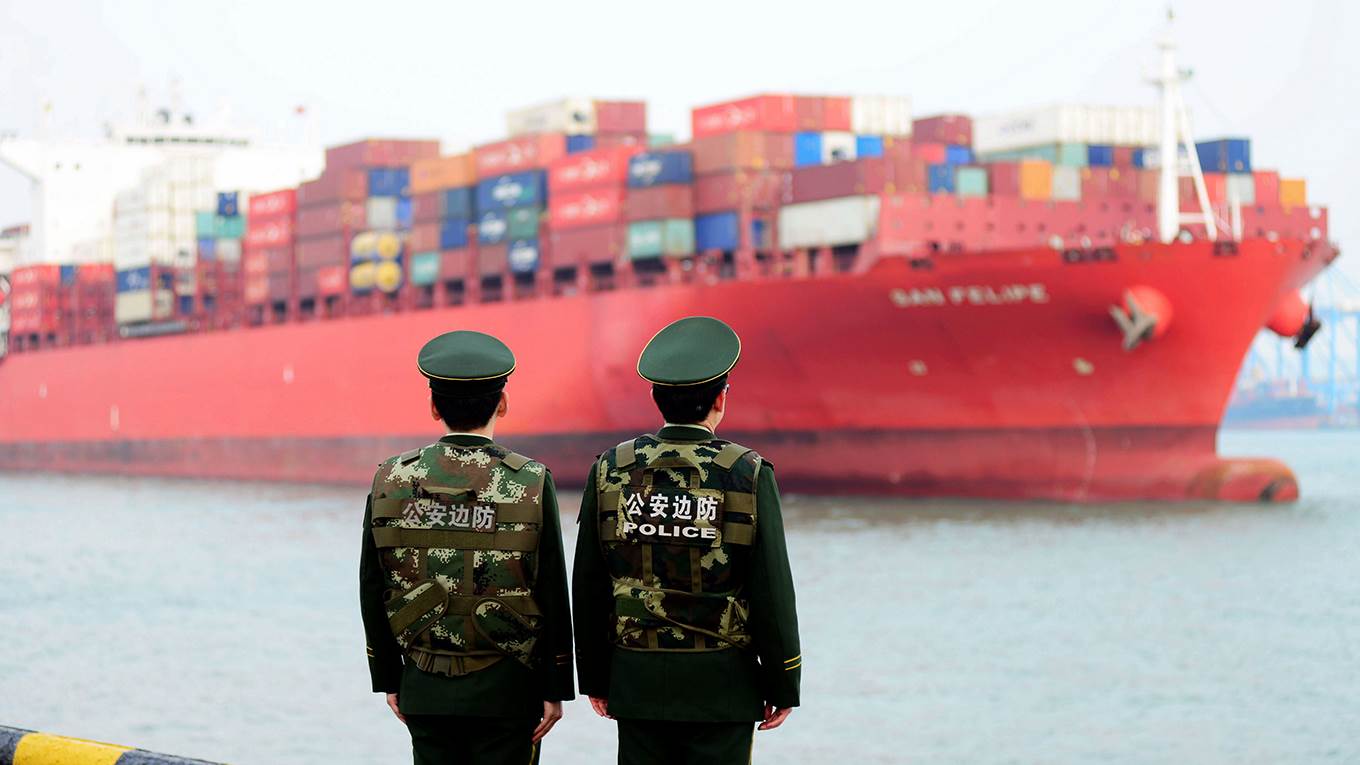Hendrik_2000
Lieutenant General
Good op/ed by prof Stieglitz. for full article click the link
The US is at Risk of Losing a Trade War with China
Jul 30, 2018
The “best” outcome of President Donald Trump’s narrow focus on the US trade deficit with China would be improvement in the bilateral balance, matched by an increase of an equal amount in the deficit with some other country (or countries). In fact, significantly reducing the bilateral trade deficit will prove difficult.
NEW YORK – What was at first a trade skirmish – with US President Donald Trump imposing tariffs on steel and aluminum – appears to be quickly morphing into a full-scale trade war with China. If the truce agreed by Europe and the US holds, the US will be doing battle mainly with China, rather than the world (of course, the trade conflict with Canada and Mexico will continue to simmer, given US demands that neither country can or should accept).

Jul 30, 2018 says it's the wrong battle, fought by incompetent generals, and lacks the public support required to win.
Beyond the true, but by now platitudinous, assertion that everyone will lose, what can we say about the possible outcomes of Trump’s trade war? First, macroeconomics always prevails: if the United States’ domestic investment continues to exceed its savings, it will have to import capital and have a large trade deficit. Worse, because of the tax cuts enacted at the end of last year, the US fiscal deficit is reaching new records – recently to exceed $1 trillion by 2020 – which means that the trade deficit almost surely will increase, whatever the outcome of the trade war. The only way that won’t happen is if Trump leads the US into a recession, with incomes declining so much that investment and imports plummet.
The “best” outcome of Trump’s narrow focus on the trade deficit with China would be improvement in the bilateral balance, matched by an increase of an equal amount in the deficit with some other country (or countries). The US might sell more natural gas to China and buy fewer washing machines; but it will sell less natural gas to other countries and buy washing machines or something else from Thailand or another country that has avoided the irascible Trump’s wrath. But, because the US interfered with the market, it will be paying more for its imports and getting less for its exports than otherwise would have been the case. In short, the best outcome means that the US will be worse off than it is today.
The US is at Risk of Losing a Trade War with China
Jul 30, 2018
The “best” outcome of President Donald Trump’s narrow focus on the US trade deficit with China would be improvement in the bilateral balance, matched by an increase of an equal amount in the deficit with some other country (or countries). In fact, significantly reducing the bilateral trade deficit will prove difficult.
NEW YORK – What was at first a trade skirmish – with US President Donald Trump imposing tariffs on steel and aluminum – appears to be quickly morphing into a full-scale trade war with China. If the truce agreed by Europe and the US holds, the US will be doing battle mainly with China, rather than the world (of course, the trade conflict with Canada and Mexico will continue to simmer, given US demands that neither country can or should accept).

Jul 30, 2018 says it's the wrong battle, fought by incompetent generals, and lacks the public support required to win.
Beyond the true, but by now platitudinous, assertion that everyone will lose, what can we say about the possible outcomes of Trump’s trade war? First, macroeconomics always prevails: if the United States’ domestic investment continues to exceed its savings, it will have to import capital and have a large trade deficit. Worse, because of the tax cuts enacted at the end of last year, the US fiscal deficit is reaching new records – recently to exceed $1 trillion by 2020 – which means that the trade deficit almost surely will increase, whatever the outcome of the trade war. The only way that won’t happen is if Trump leads the US into a recession, with incomes declining so much that investment and imports plummet.
The “best” outcome of Trump’s narrow focus on the trade deficit with China would be improvement in the bilateral balance, matched by an increase of an equal amount in the deficit with some other country (or countries). The US might sell more natural gas to China and buy fewer washing machines; but it will sell less natural gas to other countries and buy washing machines or something else from Thailand or another country that has avoided the irascible Trump’s wrath. But, because the US interfered with the market, it will be paying more for its imports and getting less for its exports than otherwise would have been the case. In short, the best outcome means that the US will be worse off than it is today.
